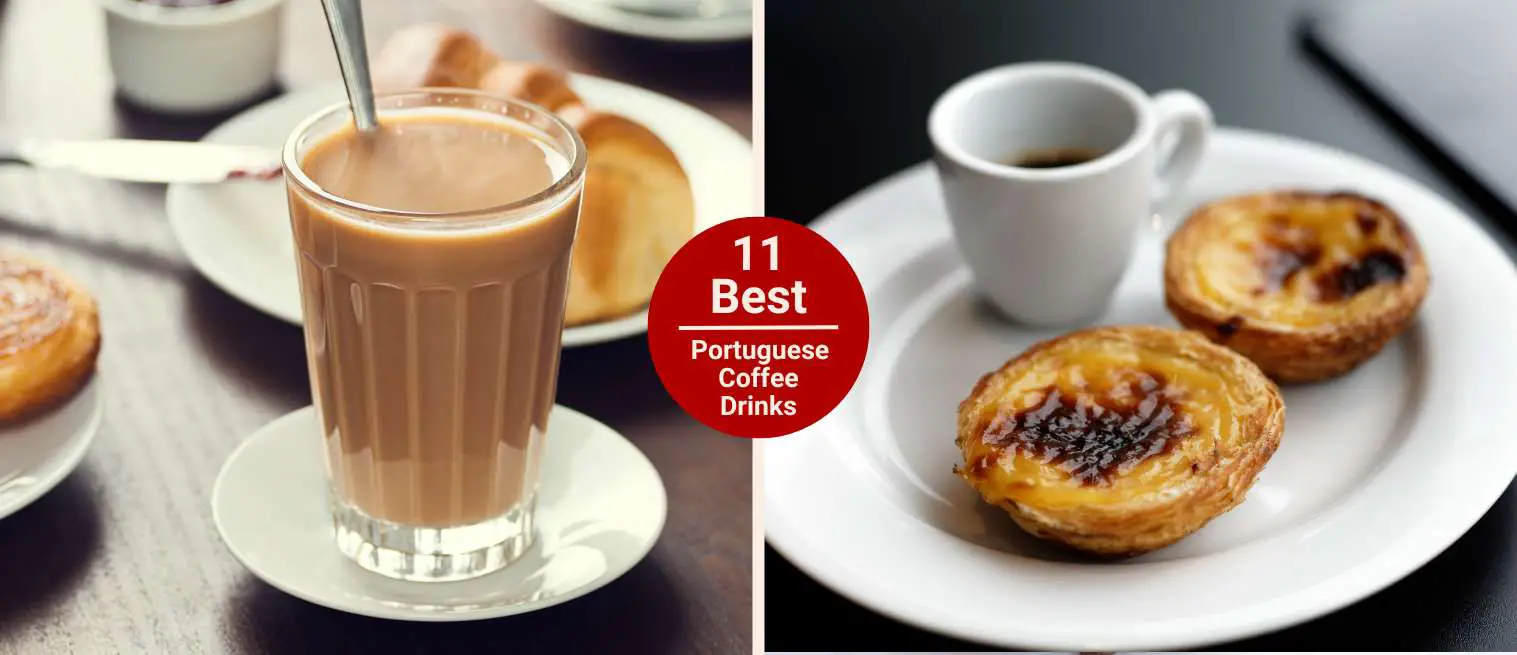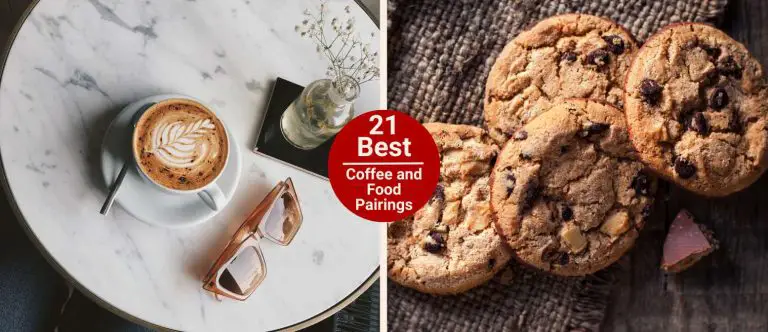11 Best Portuguese Coffee Drinks You Must Try
Last updated on June 23rd, 2025 at 03:51 pm
Ever wondered what coffee in Portugal is actually like beyond just “an espresso”?
I’m Portuguese and kind of embarrassed to admit this, but after two years of running Coffee Voilà, I’ve never written a proper post about our coffee culture. Crazy, right?
We’ve got all these unique drinks with names like galão, pingado, and café com cheirinho, and yet I’ve stayed quiet. So, if you’re a foreigner visiting or living in Portugal and feeling totally lost at the counter, this one’s for you.
In this guide, I’ll walk you through 11 of the most popular Portuguese coffee drinks. From how they’re made, when locals usually drink them, and what to expect when you order. So let’s start brewing!
11 Best Portuguese Coffee Drinks
From bold espressos to creamy milk-based blends, here are the Portuguese coffee drinks you’ve got to try at least once. Anyway, if you’d like to also know the best Spanish coffee drinks, click here
1 – Bica (Portuguese Espresso)
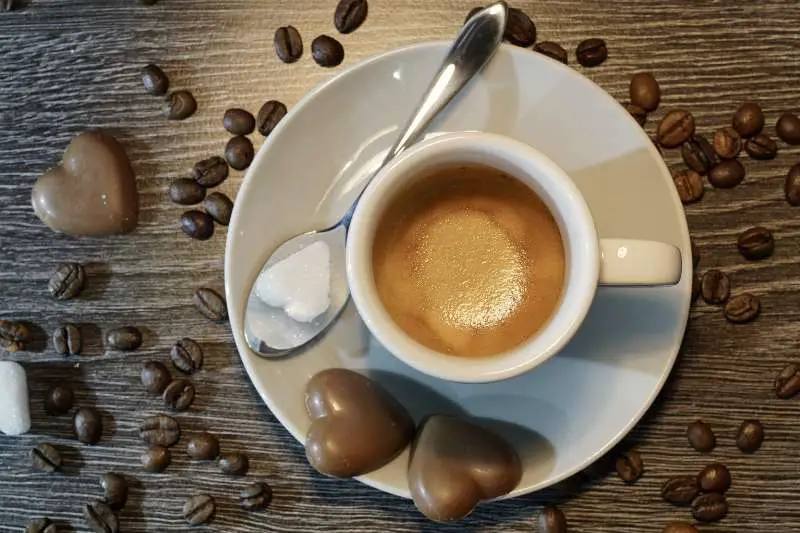
Here in Portugal, ordering a bica is second nature, especially if you’re from Lisbon. For the rest of the country, we might call it um café, but in Lisbon, bica is the go-to word.
Basically, it’s our version of espresso… with a bit more attitude. The name comes from “Beba Isto Com Açúcar” (“Drink This With Sugar”), which honestly makes a lot of sense.
Most people around here do add sugar without even thinking. That’s because a bica tends to be a little more bitter than an Italian espresso. We like our coffee strong and short, around 25–30ml, and it’s often roasted darker, which gives it a bold, rich flavor that lingers a little longer.
If you’re new to bica, you might find it overpowering at first.
One thing I’ve learned growing up here: if you want to cool it down quickly, ask for it “em chávena fria.”
That way you don’t burn your tongue trying to look cool drinking like a local. And never assume it comes with milk. If you want that, you’re probably after a pingado or meia de leite instead.
2 – Café

Now, after talking about bica, you might be wondering, “isn’t that just a café?” And yep, you’re almost right. Across Portugal, when someone says “um café, por favor,” what they commonly mean is a shot of espresso.
But the flavor, even the name, can shift depending on where you are. In Lisbon, it’s usually what locals call a bica (a bit more bitter and roasted a tad darker). However, head up north to Porto, and things mellow out.
The roast tends to be smoother, sometimes nuttier, and the espresso might be pulled a little shorter.
I’ve had cafés in Braga that tasted round and chocolatey, then traveled to Évora and got something that nearly knocked me out with its boldness.
Basically, it’s all espresso. However, each region tends to stick within a certain flavor profile. So you’ll notice subtle differences depending on where you are.
Notes: I love ordering um café with a pastel de nata. The custard’s creamy sweetness softens the espresso’s edge in the best way. In some places, you’ll even find a café + pastel de nata combo at a special price. I definitely recommend taking advantage of it.
3 – Galão
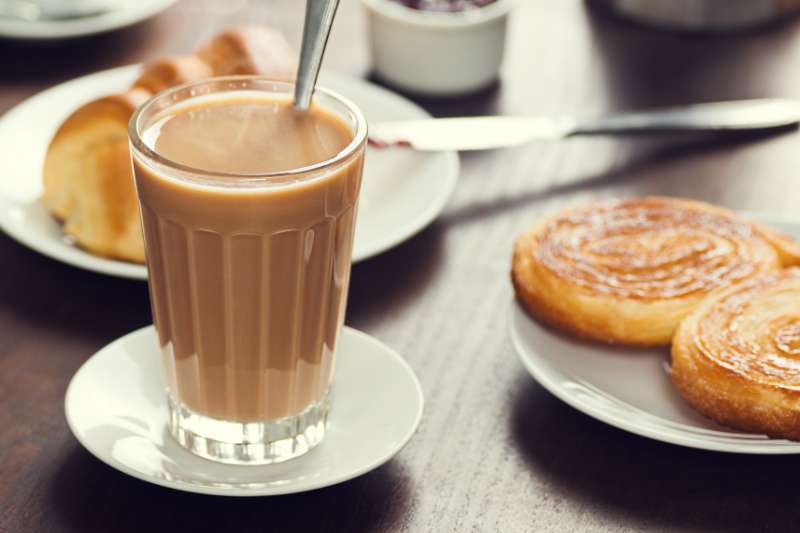
If there’s one coffee drink that screams Portuguese breakfast, it’s the galão. Think of it like our version of a latte but gentler. Usually, it’s made with about ¼ espresso and ¾ steamed milk, served hot in a tall glass that feels right next to a plate of something warm.
For me, I enjoy it with thick slices of toast slathered in butter—the kind that soaks into the bread just enough to melt but still leaves that golden sheen on top. That’s my favorite breakfast at home. It’s easy to make, comforting, and honestly, never gets old.
But like most Portuguese drinks, every café has its twist. Some make it super milky, almost like warm milk with a coffee whisper. Others get the balance right, where you can still taste the roast through the creaminess.
When I want it a bit stronger, I commonly ask for a galão escuro, basically more coffee and less milk.
Notes: It’s perfect for breakfast or that slow mid-morning break when you’re not in a rush. And if you’re visiting Portugal, don’t order it alone. Instead, grab some torradas com manteiga (toasts with butter) or a bolo de arroz (rice cake) on the side and soak up the moment.
4 – Meia de Leite

Meia de leite is the middle ground between a galão and a straight-up café. It’s half espresso, half milk, served in a regular ceramic cup instead of a tall glass.
If you don’t want to order a galão because it has too much milk for your taste, that’s when you should go for a meia de leite.
You still get that nice coffee hit, but it’s mellowed out by the milk in a way that doesn’t drown it. Plus, the ceramic cup keeps it warmer for longer.
The texture is smooth but not foamy, more like a café au lait or even a flat white if you’re used to international menus. But here in Portugal, it’s its own thing. You don’t frequently get latte art or fancy milk textures.
Tip: If you like a stronger coffee flavor, ask for a meia de leite escura. Not every café will offer it, but some will add a bit more espresso for that extra kick.
And for food? A warm tosta mista (ham and cheese toastie) or a buttered papo-seco (Portuguese bread roll with butter) goes perfectly with it. Especially in the morning when you need something simple and comforting.
5 – Abatanado
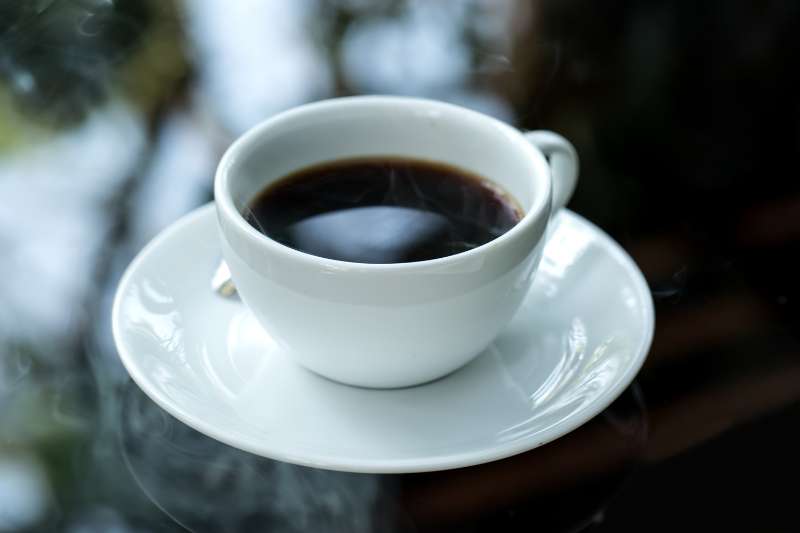
If you’ve ever tried an Americano, you’ll feel right at home here. Essentially, it’s the Portuguese version: a shot of espresso (or sometimes two) topped up with hot water at around a 1:2 or even 1:3 ratio depending on the café.
What makes it special? It gives you that coffee flavor without the intensity of a straight café or bica. I love those, don’t get me wrong. However, sometimes I want to sit back and sip something smoother. And I find Abatanado perfect for that.
I usually order it in the afternoon, especially if I’m writing or just watching the world go by. It comes in a larger cup or even a mug, which I honestly appreciate. There’s something about having more coffee in your hand that makes you feel like you’ve got time.
One thing I’ve noticed, though, is that some cafés make it too watery. If that happens, I politely ask for a “mais curto” version (shorter), which means a bit less water. Also, if you enjoy adding sugar, mix it in while it’s still hot so it dissolves well.
Bonus: it pairs surprisingly well with a queque (Portuguese muffin).
6 – Café Pingado
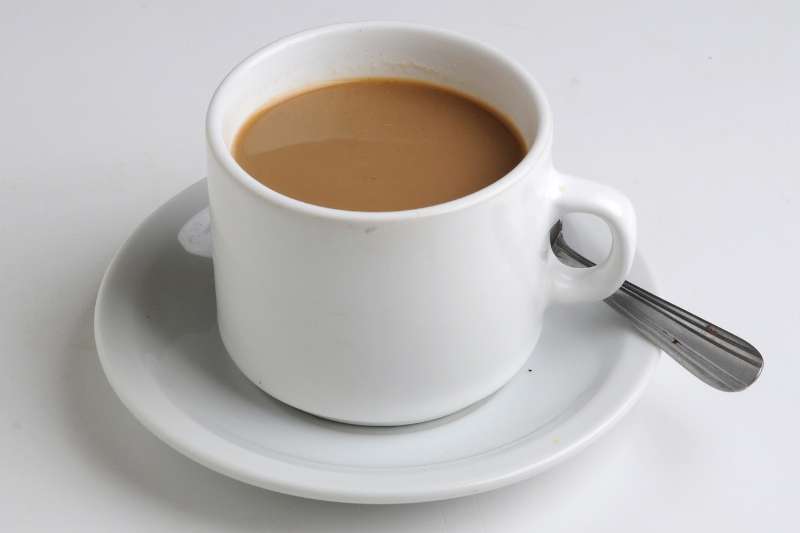
Café pingado is a shot of espresso “pingado” (stained) with just a few drops of milk. Just enough to take the edge off, but not enough to turn it into a meia de leite or even a cortado.
It’s always served in a small demitasse cup. If you’re new to strong espresso drinks, pingado is a great intro. You get the crema, the body, all that boldness with a gentle landing.
Quick tip: some places will use hot milk, others might just drop in cold milk straight from the bottle. If you care about temperature or texture, just ask. I commonly say “com leite quente” (with hot milk) if I want it all to blend smoothly.
So yeah, if a café is too much, but a galão feels like overkill, pingado is your middle ground. Clean, simple, and surprisingly satisfying.
7 – Mazagran

At its core, a mazagran is strong black coffee, typically a double espresso or a concentrated Moka pot brew, poured over ice with a slice of lemon.
Sometimes it’s sweetened with sugar or simple syrup. However, I prefer it lightly sweet, so you still get that zesty, bitter contrast. The citrus doesn’t overpower. It lifts the whole thing, making it crisp and clean instead of heavy.
And then there’s the fun version: with a shot of rum or aguardente (Portuguese brandy). That’s when things go from café to cocktail real quick.
I tried this at a beach café once in the Algarve, and let’s say… it made the sunset even better. But be warned, it’s stronger than it tastes, so sip slow.
Quick tip: If you’re making it at home, brew your coffee ahead and let it chill before pouring over ice. Otherwise, the heat will melt the cubes too fast and water it down. Also, fresh lemon slices and not bottled juice.
8 – Carioca de Café

This coffee is made by running hot water through coffee grounds that have already been used once. Sounds weird, right? But what you get is a smoother, less bitter coffee with way less caffeine.
That’s probably why it’s such a popular after-lunch choice around here.
And trust me, after polishing off a bitoque (steak with a fried egg, fries, and rice) or a plate of bacalhau à Brás (shredded salted cod with onions, eggs, and straw fries), you’re not exactly in the mood for a strong bica.
That’s when Carioca de café is perfect when you still want to sit at the table, sip something, and chat without feeling overcaffeinated or too full.
Some cafés get it just right, light but still flavorful. Others? It can taste a bit like dishwater if they don’t brew it well. For this reason, it’s worth finding a spot that knows how to do it properly.
Tip: if you’re making espresso at home, save the puck and give it a second go with fresh hot water. It’s not the same as a full shot, but it’s pretty decent and a nice way to stretch your grounds a bit further.
9 – Garoto

Garoto means “little boy” in Portuguese, and the drink kind of fits the idea. It’s a tiny espresso topped with a generous layer of milk foam. Quite similar to a meia de leite, but stronger and smaller.
Most cafés use about a 1:1 ratio or a little less milk than coffee. But don’t expect precision, it varies. Sometimes it comes with enough foam to coat the top, other times it’s like a mini cappuccino.
It’s especially popular in the north of Portugal, but you can find it in other regions too. Just don’t be shocked if some places give you a puzzled look. Not every café has it on the menu, but most baristas will make it if you ask.
Pro tip: if you like creamy coffee but don’t want the volume of a galão or meia de leite, this one’s a gem. I commonly order it mid-morning with a bolo de arroz (Portuguese rice muffin), and it just… works.
10 – Café com Cheirinho

Café com cheirinho, meaning “coffee with a little scent.” Essentially, it’s a regular espresso with a splash of alcohol, commonly aguardente or bagaço. However, I’ve also seen it made with whisky or medronho depending on where you are.
The ratio depends on who’s pouring. Some people are generous and turn it into a full-on kickstart to the day, while others go lighter. I like mine with about ¾ espresso and ¼ liquor, give or take.
Too much and you lose the coffee flavor, too little and you’re left wondering where the cheirinho went.
It’s especially popular after meals or during colder months, mostly in the north and center of Portugal. A lot of people order it after lunch as a kind of digestivo.
But don’t expect it on every café menu, though. Sometimes you have to ask for it with a wink, particularly in places that keep things more low-key.
Pro tip: if you want to sound like a local, say, “um café com cheirinho, se faz favor” (a coffee with a little scent, please).
And if you’re sensitive to strong spirits, ask what they use first, bagaço (a strong pomace brandy made from grape skins) is not for the faint of heart. But hey, when it’s cold and you’ve just finished a hearty meal? It hits the spot like nothing else.
11 – Descafeinado
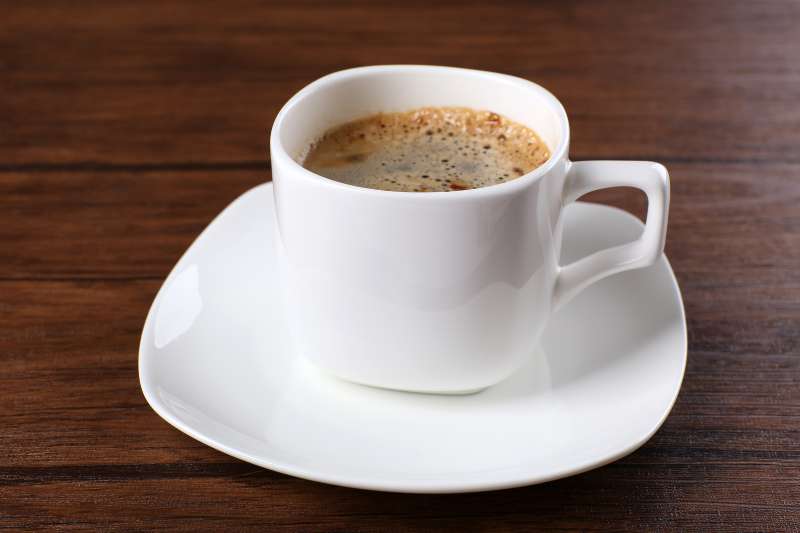
It’s decaf but don’t let that fool you into thinking it’s somehow second-rate. In fact, I’ve had descafeinado at plenty of cafés that tasted as bold and full-bodied as a regular café or bica.
The difference? You can drink it at night without staring at the ceiling until 3 a.m.
I started ordering it more often after dinner, especially when I still wanted that warm espresso but didn’t want to mess with my sleep.
Usually, it’s served like a normal espresso, with the same cup and the same crema on top. Sometimes, you wouldn’t even know it’s decaf unless someone told you. And that’s kind of the beauty of it.
Pro tip: if you’re picky about flavor, ask if it’s from a capsule or freshly brewed. Some cafés still use single-serve pods for descafeinado, which can be hit or miss. I’ve had a few that tasted watery or flat. But when it’s done right? Honestly, it’s hard to tell the difference.
How to Order Coffee in Portugal Like a Local?
If you’re a foreigner visiting or living in Portugal, you’ll quickly realize that ordering coffee here might seem a little confusing at first. So, here are some tips:
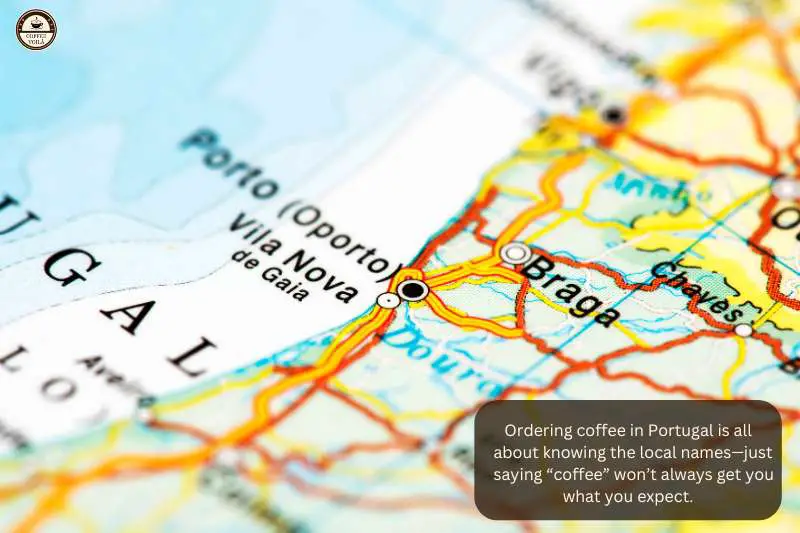
1 – Coffee Names Vary by Region
Let’s start with this: café usually means espresso, but in Lisbon, people often say bica. Up north, it might be cimbalino.
Same drink, different name. If you’re unsure, say um café, and that’ll commonly get you what you want. Unless you’re after something more specific like a meia de leite or galão.
2 – Customize with Sugar or Cup Temperature
Want sugar? Say com açúcar. No sugar? Sem açúcar. And if you’re in a hurry or hate burning your tongue, ask for it em chávena fria (in a cold cup). It cools down faster and lets you sip sooner. Simple, but makes a big difference.
3 – Do You Want Milk or Less Milk?
In Portugal, ordering coffee with milk isn’t as simple as just saying “with milk.” If you want something light and milky, go for a galão (¾ milk, ¼ espresso).
Prefer a more balanced cup? Ask for a meia de leite (half coffee, half milk). And if you only want a tiny splash, try a pingado (an espresso with a drop of milk).
Last Thoughts
So, how are you enjoying your coffee in Portugal so far? Have you found your favorite yet, bica, meia de leite, or maybe something more adventurous like a café com cheirinho?
If you’re still unsure what to order or want help decoding a café menu, drop your questions below. I’m happy to help. And with that, let’s end with a simple voilà!

